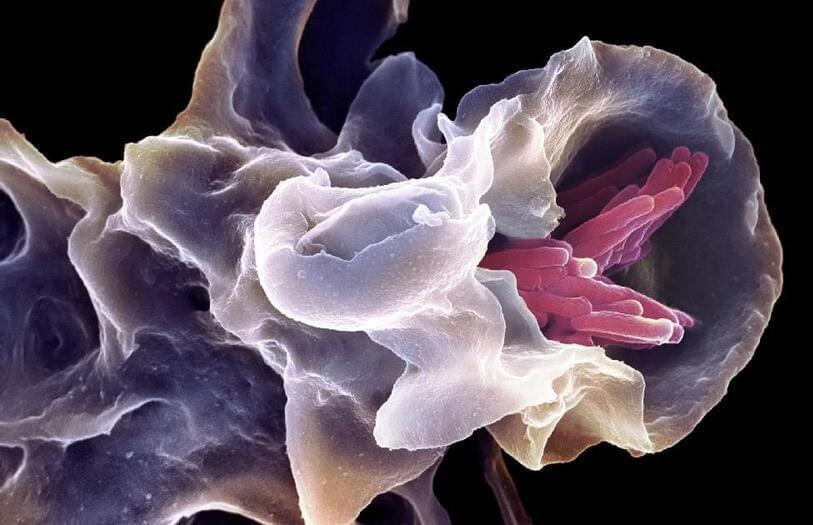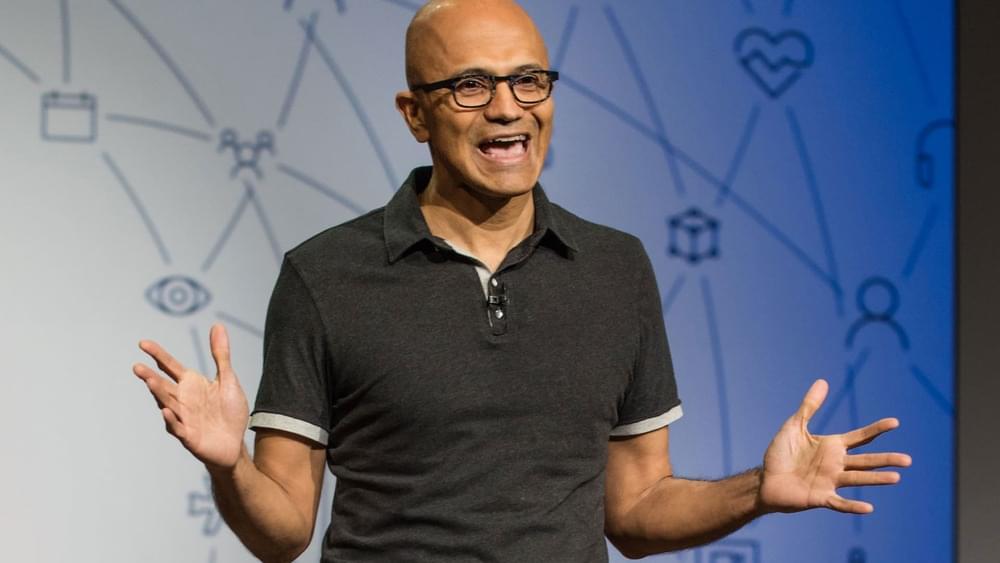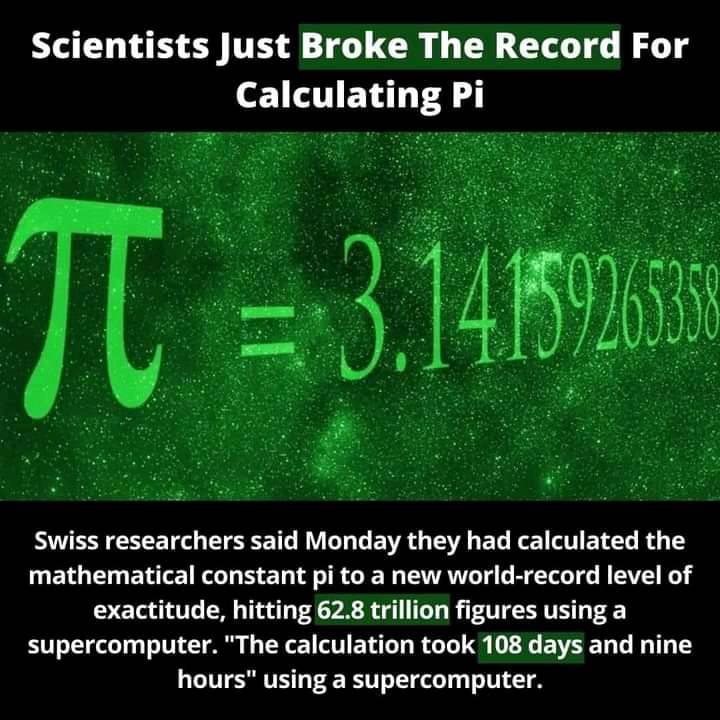Was the addition of mitochondria a first step in the formation of complex cells or one of the last? A new study of bacteria tries to answer this contentious question in evolutionary biology.



Members of first all-private mission to ISS splashdown off the Florida coast; Israeli president congratulates Eytan Stibbe on his journey.

Nadella told analysts on an earnings call that the operation had reached $10 billion in annual revenue and was “up more than 40%” year over year. In other words, it was outpacing every other major Microsoft product.
The remarks were revelatory. Nadella was known for reviving Microsoft, overseeing a fivefold expansion in market cap by that point in his seven years at the helm. That growth was largely based on turning Microsoft’s cloud business into a more serious threat to Amazon Web Services in a giant market.
By letting investors in on the enormity of Microsoft’s security business, Nadella was casually uncovering a powerful growth engine. Total revenue across the company was up just 14% from the prior year. And by way of comparison, Palo Alto Networks, one of the largest pure-play security software companies, delivered 21% revenue growth over roughly the same period, on a base smaller than $4 billion.

Saturn’s moon Titan looks very much like Earth from space, with rivers, lakes, and seas filled by rain tumbling through a thick atmosphere. While these landscapes may look familiar, they are composed of materials that are undoubtedly different—liquid methane streams streak Titan’s icy surface and nitrogen winds build hydrocarbon sand dunes.
The presence of these materials—whose mechanical properties are vastly different from those of silicate-based substances that make up other known sedimentary bodies in our solar system—makes Titan’s landscape formation enigmatic. By identifying a process that would allow for hydrocarbon-based substances to form sand grains or bedrock depending on how often winds blow and streams flow, Stanford University geologist Mathieu Lapôtre and his colleagues have shown how Titan’s distinct dunes, plains, and labyrinth terrains could be formed.
Titan, which is a target for space exploration because of its potential habitability, is the only other body in our solar system known to have an Earth-like, seasonal liquid transport cycle today. The new model, published in Geophysical Research Letters April 25, shows how that seasonal cycle drives the movement of grains over the moon’s surface.

The Quantum ransomware, a strain first discovered in August 2021, were seen carrying out speedy attacks that escalate quickly, leaving defenders little time to react.
The threat actors are using the IcedID malware as one of their initial access vectors, which deploys Cobalt Strike for remote access and leads to data theft and encryption using Quantum Locker.
The technical details of a Quantum ransomware attack were analyzed by security researchers at The DFIR Report, who says the attack lasted only 3 hours and 44 minutes from initial infection to the completion of encrypting devices.

If true, we started out as a “baby universe.” Cute.
Could our universe have been created in a petri dish? Avi Loeb seems to think so. The Harvard astronomer posits that a higher “class” of civilization may have conjured up our universe in a laboratory far, far away.
“Since our universe has a flat geometry with a zero net energy, an advanced civilization could have developed a technology that created a baby universe out of nothing through quantum tunneling,” Loeb writes in an op-ed published by Scientific American last year.

Design studio Daytrip has taken a less-is-more approach to the renovation and extension of this Victorian terrace house in London’s Clapton, which is now home to three separate apartments.
The 250-square-metre Reighton Road development was designed as a “minimalist sanctuary” that could act as a blank canvas for residents’ belongings.
“A good home should be flexible and speak of its owners,” explained Hackney-based Daytrip. “The ability to cultivate and populate it over time with art, objects and personal items makes the home unique.”

